Calculate Out-The-Door Price
close
4700 N Brandywine Dr
Peoria, IL
309.340.4981
Most stores are open nights and weekends
Directions
Store Hours:
| Day(s) | Hours |
|---|---|
| MON-FRI: | 7:00am-7:00pm |
| SAT: | 7:00am-6:00pm |
| SUN: | 9:00am-5:00pm |
| CHRISTMAS EVE: | 7:00am-4:00pm |
| CHRISTMAS DAY: | Closed |
Store Details Change Store Find a Store
Schedule An AppointmentLearn more about Brake Service
Gas pedal, brake pedal. Gas pedal, brake pedal. Gas pedal, brake pedal. (Sound familiar?) Whether you’re dealing with a tough commute or going for a long, relaxing drive, your car brakes need to be working at their best. The more you drive the more your brakes wear down just like any part of your car. A regular brake check is important to include as part of your car’s maintenance schedule. That’s why Tires Plus offers reliable, professional brake repair services—we know how to change brakes on any car so you can drive with confidence, knowing that your brakes are ready to do their job.
Whether you need a brake inspection, brake repair, a quote for a brake repair cost, or brake pad replacement near you, stop by your closest Tires Plus today. Schedule an appointment online and check out our brake service coupons and brake specials near you to start saving money (and improving your safety on the road) today! Notice something is off with your brakes? Our expert technicians at Tires Plus can help diagnose what’s wrong with a free brake inspection and will make sure you choose the best brake services for your vehicle.
Problems with your brakes can become a major hazard. If your car is experiencing any of the following brake problems, or your brakes just don’t feel right to you, bring your car to your local Tires Plus for a brake inspection. Here are the top three signs of common brake problems:
{{storeNumber}}
{{storeName}}
{{link-icon "Call Us" mobileCallLink null "call-cta"}} {{link-icon "Directions" directions "_blank" "directions-cta"}}
{{address}}
{{city}}, {{state}} {{zip}}
{{#if activeFlag}} {{#ifCond mystore "or" myPreferredStore}} {{#ifCond storeType 'eq' "TPL"}}
*Call store for appointment {{phone}}
{{else}} {{#if onlineAppointmentActiveFlag }}
{{#if myPreferredStore}}
{{else}}
*Call store for appointment {{phone}}
{{/if}} {{/ifCond}} {{else}} {{#ifCond storeType 'eq' "TPL"}}
*Call store for appointment {{phone}}
{{else}}
Schedule Appointment {{#if onlineAppointmentActiveFlag}} {{else}}
*Call store for appointment {{phone}}
{{/if}}
{{/ifCond}} {{/ifCond}} {{else}}
*Temporarily Closed Due To: {{temporarilyClosedReason}}
{{/if}} {{#if isMilitaryStore}}
*This location is on an active US military base. You may need military ID to access the location.
You may need military ID to access the location.
{{/if}}
{{#ifCond count 'eq' "3"}} Show More Stores {{/ifCond}}Regularly checking your brakes keeps you safe on the road. You never want to be in a situation where your brakes are seriously malfunctioning. Early detection will save you from trouble in the future. Our recommendation is that you schedule a brake inspection every year. Key parts like brake pads, brake rotors, and brake fluid need to be replaced at different intervals, so a yearly inspection will help you plan for future replacements and services.
Read more on brakes basics >
If you notice your car shakes whenever you brake, you most likely have a problem with your brake rotors. The shaking is an indication that there is an issue with your vehicle’s brake rotors and they may need to be resurfaced or even replaced. When you see the signs of brake problems, schedule an appointment with Tires Plus to get your brakes fully inspected for repair.
The shaking is an indication that there is an issue with your vehicle’s brake rotors and they may need to be resurfaced or even replaced. When you see the signs of brake problems, schedule an appointment with Tires Plus to get your brakes fully inspected for repair.
Read more about causes of car shaking >
If you notice your car shakes whenever you brake, you most likely have a problem with your brake rotors. The shaking is an indication that there is an issue with your vehicle’s brake rotors and they may need to be resurfaced or even replaced. When you see the signs of brake problems, schedule an appointment with Tires Plus to get your brakes fully inspected for repair.
Read more about causes of car shaking >
At Tires Plus we can handle any service you need for your brakes including brake inspections, brake pad replacements, brake fluid exchanges, and more. The cost of your repair depends on the labor of your service as well as baseline factors like your vehicle’s make, model, and year.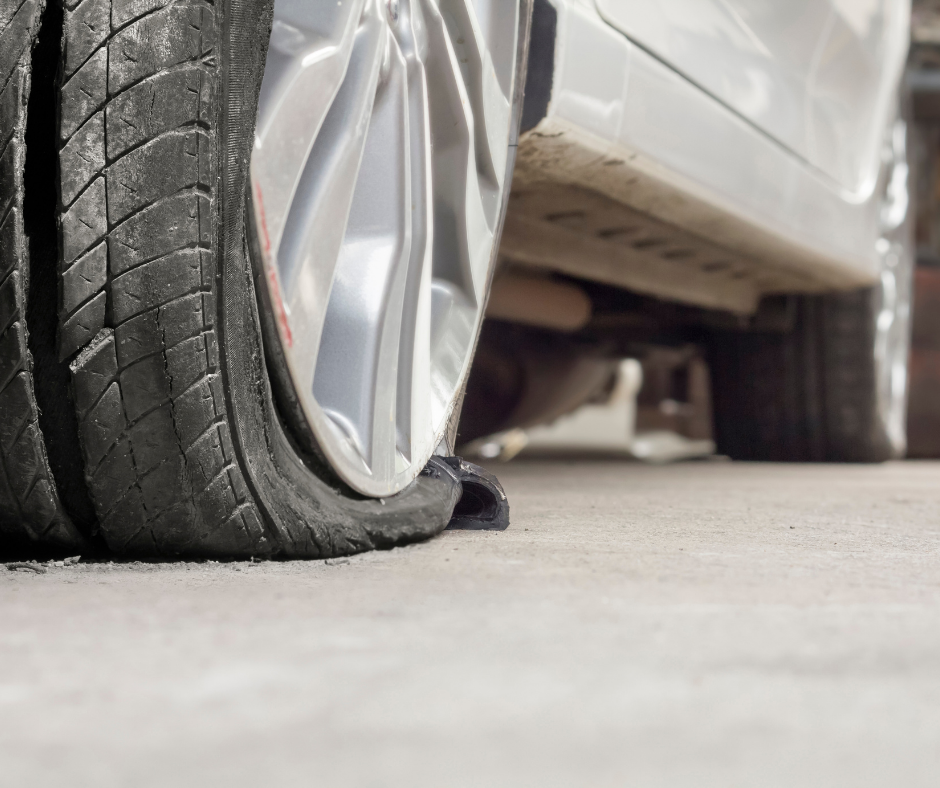 The best way to know the exact cost of your brake service is to request an estimate from your nearby Tires Plus.
The best way to know the exact cost of your brake service is to request an estimate from your nearby Tires Plus.
Read more about our brake service process >
Driving
Nov 18, 2022
Winter is coming… are you prepared for what lies ahead? Prepare for snowy and icy conditions by assembling your winter car emergency kit with this guide.
Read More
Tires
Oct 28, 2022
Confused about the difference between all-season and all-weather tires? Learn the key features of each one so you can find the right match for your vehicle.
Read More
Brakes
Sep 14, 2022
Did you know your driving habits can affect how long your brakes last? Save money on repairs with these five driving techniques that may help extend brake life.
Read More
LOAD 3 MORE
SHOWING 6 OF 12
View More Articles
{{storeNumber}}
{{storeName}}
{{link-icon "Call Us" mobileCallLink null "call-cta"}} {{link-icon "Directions" directions "_blank" "directions-cta"}}
{{address}}
{{city}}, {{state}} {{zip}}
{{#if activeFlag}} {{#ifCond mystore "or" myPreferredStore}} {{#ifCond storeType 'eq' "TPL"}}
*Call store for appointment {{phone}}
{{else}} {{#if onlineAppointmentActiveFlag }}
{{#if myPreferredStore}}
{{else}}
*Call store for appointment {{phone}}
{{/if}} {{/ifCond}} {{else}} {{#ifCond storeType 'eq' "TPL"}}
*Call store for appointment {{phone}}
{{else}}
Schedule Appointment {{#if onlineAppointmentActiveFlag}} {{else}}
*Call store for appointment {{phone}}
{{/if}}
{{/ifCond}} {{/ifCond}} {{else}}
*Temporarily Closed Due To: {{temporarilyClosedReason}}
{{/if}} {{#if isMilitaryStore}}
*This location is on an active US military base. You may need military ID to access the location.
You may need military ID to access the location.
{{/if}}
Tires Plus is about much more than just tires. So, does Tires Plus do brakes? The answer is YES!
Tires Plus provides dependable, expert brake repair services so you can drive with confidence, knowing your brakes are in optimum condition. Bring your car to your nearest Tires Plus for a brake inspection if you're experiencing any brake problems or if you suspect anything out of the ordinary in your vehicle's brakes.
When your car starts creating abnormal smells, feelings, or sounds, start investigating the problem as soon as possible. Waiting will just result in more costly repairs. Screeching, grinding, screaming, rubbing, and other ear-piercing noises are all signs that your brake pads need to be replaced. This needs to be treated before worn pads cause damage to other parts, resulting in more costly repairs.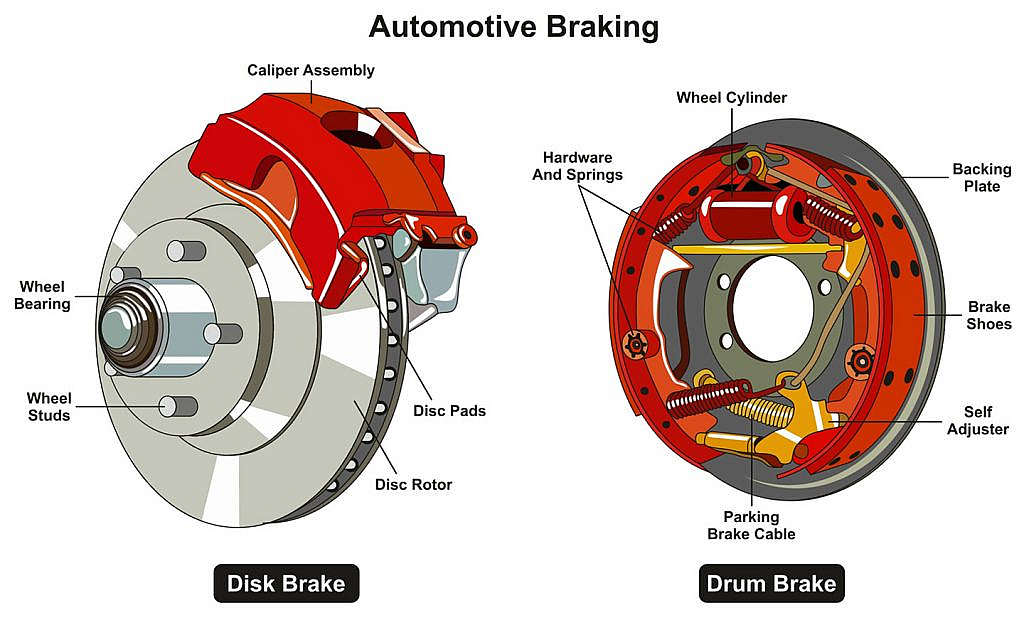
To give you the best information possible, our experts have laid out a complete guide to brake repair and potential brake issues that will help you prevent costly damage and potential accidents. So, without further ado, let's get into it.
Unfamiliar and unpleasant odors are not natural and can lead to serious repercussions if you continue to drive in these dangerous conditions. The brake examination at Tires Plus is your best bet for determining whether a portion of your braking system has been affected while driving with this foul odor.
When completely worn brake pads exceed their lifespan, for example, rotors begin to distort and become damaged, limiting the life of other working parts owing to metal grinding. The pedal or your steering wheel vibrates and pulses. If this sounds familiar, your brake system is trying to warn you about something.
If you're pressing down harder than normal on your brake pedal to stop your car, taking more effort and time to accomplish the same task, you've reached the first stage of brake pad wear. Don't fiddle with your brake pedal; you can only press it so far before you find yourself in the terrifying "I have no brakes" situation.
Don't fiddle with your brake pedal; you can only press it so far before you find yourself in the terrifying "I have no brakes" situation.
The following are examples of typical braking problems:
For starters, their knowledge of tires is crucial to their understanding of brakes. (You could say that gives them an advantage over their competitors).
When you have a qualified tire technician working on the brakes responsible for each and every stop you make, you also have an educated specialist who is familiar with all of the details of the vehicle's brake system.
Tires Plus has sites all across the country where you can get your brakes checked out, with the added benefit of extended weekend and evening hours.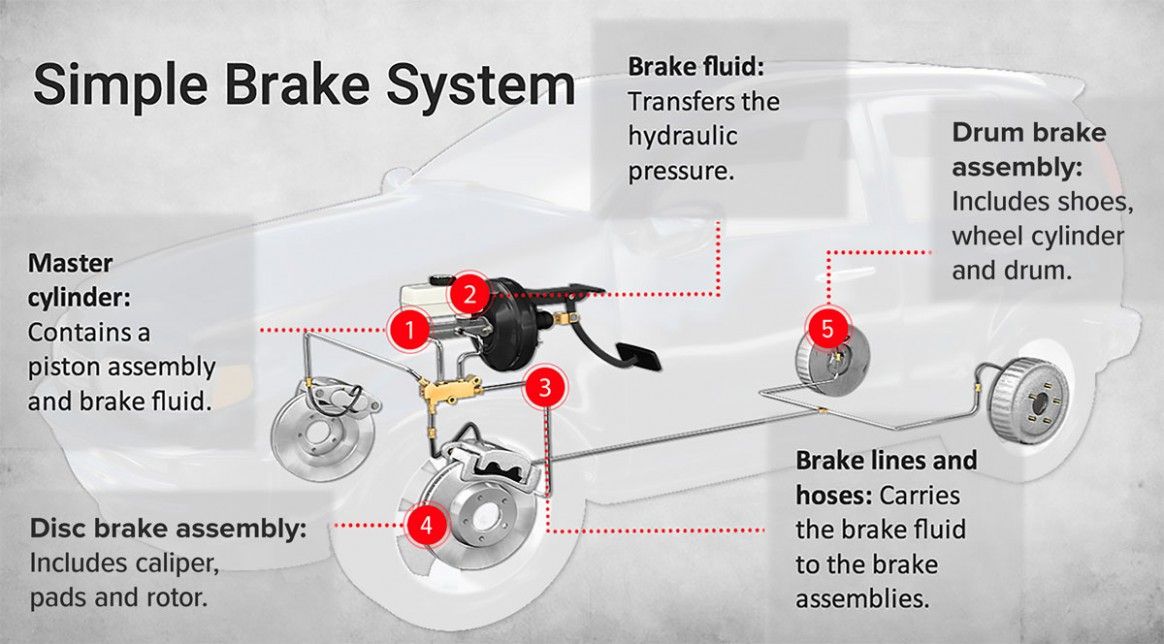 You'll also benefit from a warranty that is valid at all Tires Plus outlets across the country.
You'll also benefit from a warranty that is valid at all Tires Plus outlets across the country.
Tires Plus offers a full range of services to safeguard your vehicle – and your wallet. With them, you get a braking service that's tailored to your "sixty to zero" requirements.
With any service you have performed at Tires Plus, you can always expect the best of both worlds. They use Wagner® brand ThermoQuiet® friction materials, as well as Qualis Automotive rotors and drums cast from the highest strength alloy.
They are also able to purchase the original hardware that meets or exceeds OE specifications if they don't have it in stock because it's a custom, original manufacturer item.
Wagner® ThermoQuiet® is known for developing brake pads with cutting-edge technology. Tires Plus uses the revolutionary IMITM one-piece brake pad on every Wagner brake pad they install, which provides heat dissipation and noise damping.
Wagner Brake pads are available for nearly every make and model car on the road today, with the specific friction material that meets or surpasses manufacturer-developed stopping testing results. Semi-metallic, organic, and ceramic materials are available in their Wagner brake pad assortment.
What Can Tire Plus Brake Service Do for You?
Brakes are, without a doubt, an important component of your car. Your automobile won't be able to stop in time if its brakes aren't working. This can result in anything from a minor fender bender to a serious collision, and neither is worth the risk.
Regular brake maintenance ensures that your brakes engage every time you apply pressure to the pedal. Since brake pads are supposed to deteriorate over time, waiting too long to get them repaired might cost you a lot of money. As your brake pads wear down, they place more strain on other parts of the brake system, such as the calipers, drums, and rotors. If any of these components are destroyed, your cost will almost certainly increase by hundreds of dollars.
Most people are unaware of the need for routine brake maintenance and are forced to make significant financial sacrifices in the aftermath of a disaster. Therefore, it's critical to have your brakes inspected on a regular basis by a professional. If you leave the service place with worn brakes, it's likely you won't have them checked again until it's too late.
Tire Plus offers a wide range of services for brake repair and maintenance. Bring you vehicle down to our shop today and we’ll take a look at it for you.
Dear friends! Two years ago, I wrote an article called "Tire Grip Isn't Affected by Contact Patch Area?" and it got a lot of public backlash.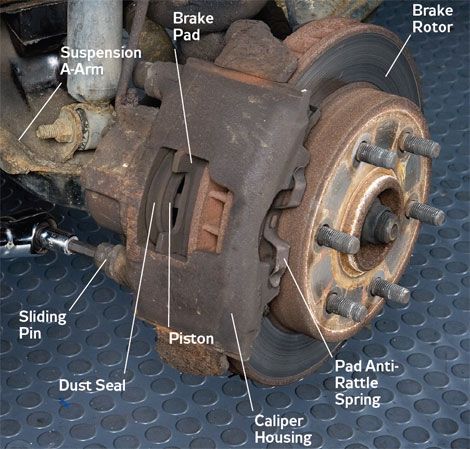 The article is still on the blog, and there are a lot of comments, questions, disputes, and reasoning on its page. Someone, after reading, thanked me for debunking myths and a simple, accessible explanation of the physics of the process. Someone, on the contrary, criticized my arguments and arguments for being too simplistic and limited.
The article is still on the blog, and there are a lot of comments, questions, disputes, and reasoning on its page. Someone, after reading, thanked me for debunking myths and a simple, accessible explanation of the physics of the process. Someone, on the contrary, criticized my arguments and arguments for being too simplistic and limited.
In the two years that have passed since the writing of this article, I have participated in many discussions on this topic, got acquainted with new literature, talked with other physicists (I myself am also a physicist by profession), racers and rethought something. The essence of my thoughts has not changed, they have become more systematized and the wording has changed. Here I will present them below. Go.
Back to school physics again. Let me remind you that school physics and classical mechanics quite accurately describe everyday phenomena. As long as it doesn't involve very small scales or relativistic speeds, classical mechanics works great. Moreover, no matter what scientific works on tire grip I looked into, I saw in them a lot of terrible furious formulas, integrals, series, but in the end it all came down to one simple school formula, which is called the Amonton-Coulomb law:
Moreover, no matter what scientific works on tire grip I looked into, I saw in them a lot of terrible furious formulas, integrals, series, but in the end it all came down to one simple school formula, which is called the Amonton-Coulomb law:
F = µn = µmg (1)
where µ is the clutch coefficient, n is the force that presses one body to the other (in this case, the weight of the tire plus the weight of the car that comes to this tire), m is the mass body (tire and part of the car falling on this tire), g is the free fall acceleration.
That is, the friction force is proportional to the force pressing one body against another, and the coefficient of friction is . In the simplest case, this force is weight and represents the force of gravity, that is, the product of the mass of the body and the acceleration of free fall. And then static friction force is proportional to the coefficient of friction, body mass and free fall acceleration .
The car moves due to the static friction force in the area of contact between the tire and the roadway, and not the rolling friction force, as is sometimes thought. The rolling friction force is a consequence of tire deformation. On the contrary, it slows down the movement of the car. And the contact patch of the tire with the road rests relative to the road in the case of tire rolling. Of course, during rolling, there are always tread elements in the contact patch that slip relative to the road, but in the case of a uniform rectilinear motion of the car, in the first approximation, they can be ignored and the friction force can be considered the static friction force, or it is also called the grip force of the tire with the road, and the coefficient static friction - the coefficient of adhesion. When braking, most of the tread elements can slide along the roadway. In this case, the rotation of the wheel (and hence the car) is retarded by the force of sliding friction. It should be noted that usually the force of sliding friction is less than the force of static friction.
It should be noted that usually the force of sliding friction is less than the force of static friction.
Now let's look at what is what in the Amonton-Coulomb formula. The free fall acceleration is constant, we exclude it from the discussion. The mass as a whole is also constant. Of course, the weight of the car is distributed between 4 tires, and when the speed and / or trajectory of movement change, the weight distribution can change significantly: some tires are unloaded, and some are additionally loaded.
The redistribution of the car's weight between the tires also indirectly affects their grip on the road. Say, when braking, the weight of the car is partially shifted from the rear axle to the front, therefore, the pressing force of the rear tires to the road decreases and therefore their adhesion to the road deteriorates. This increases the likelihood of the car skidding, but does not affect the stopping distance, because the traction of the front wheels with the road increases due to the redistributed load. If Porsche 9s slow down on the same tires11 and the Porsche Cayenne, the latter will have more weight shift from the rear tires to the front due to the higher height, and the Cayenne is more at risk of skidding. But the braking distance from this will not become less. The fact that the Cayenne is heavier also does not affect, read the article “Braking distance does not depend on the mass of the car?”. Turning the Cayenne will of course be worse than the 911 and at lower speeds - just because of the higher center of gravity and more weight shift and more roll.
If Porsche 9s slow down on the same tires11 and the Porsche Cayenne, the latter will have more weight shift from the rear tires to the front due to the higher height, and the Cayenne is more at risk of skidding. But the braking distance from this will not become less. The fact that the Cayenne is heavier also does not affect, read the article “Braking distance does not depend on the mass of the car?”. Turning the Cayenne will of course be worse than the 911 and at lower speeds - just because of the higher center of gravity and more weight shift and more roll.
In addition, the way you drive affects weight distribution. With careful driving, when the driver avoids sharp turns, lane changes, accelerations and braking (read, the less the brake pedal is pressed or the steering wheel is turned at a smaller angle), the tire grip margin is maximum, that is, the tires are “as far as possible” from the transition to a state of full slip and, as a result, driving as safely as possible. Secondly, the same movement of the pedals or the steering wheel can be done in different ways: quickly, sharply or progressively.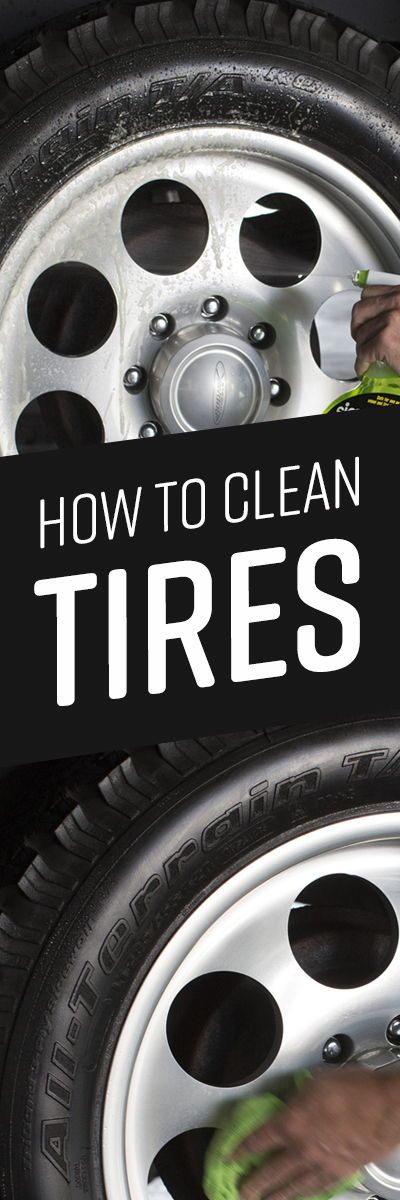 A sharp pedal press or steering wheel turn will lead to a corresponding sharp redistribution of weight from one tire to another, and this is fraught with their breakdown into slip and departure from the trajectory of movement. The gradual action on the controls leads to an equally smooth redistribution of weight, which allows the tires to cling to the road without the risk of slipping and losing control or stability of the car. You can verify this in practice at driver training courses, for example, when performing the emergency obstacle avoidance exercise.
A sharp pedal press or steering wheel turn will lead to a corresponding sharp redistribution of weight from one tire to another, and this is fraught with their breakdown into slip and departure from the trajectory of movement. The gradual action on the controls leads to an equally smooth redistribution of weight, which allows the tires to cling to the road without the risk of slipping and losing control or stability of the car. You can verify this in practice at driver training courses, for example, when performing the emergency obstacle avoidance exercise.
Practical Tips
1. If you want to drive safely on public roads and fast on the race track, move the controls (steering wheel, accelerator and brake pedals) smoothly and gradually.
Now let's talk about what in the tire itself affects its grip.
The last parameter in the Amonton-Coulomb friction force formula is the friction coefficient µ, which, first of all, depends on the nature of the contacting surfaces.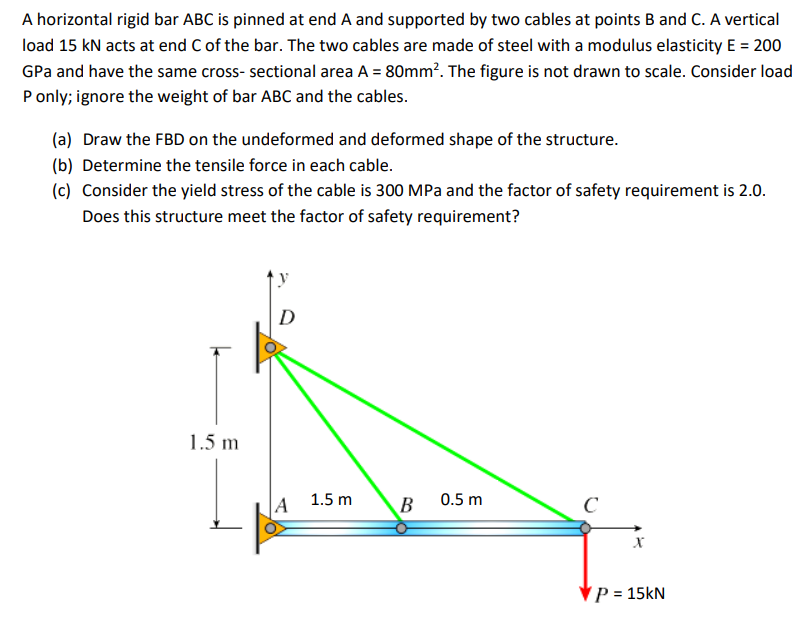 The most telling example is that the adhesion of rubber to asphalt is much better than the same rubber to snow and even more so ice, despite the different friction mechanisms between the tire and these three coatings. And with the same road surface, the coefficient of adhesion will already depend on the composition of the rubber and the design of the tread. For example, on winter tires, a car holds a slippery road much better than on summer tires. And the main difference between winter and summer tires is precisely the different rubber composition and tread design.
The most telling example is that the adhesion of rubber to asphalt is much better than the same rubber to snow and even more so ice, despite the different friction mechanisms between the tire and these three coatings. And with the same road surface, the coefficient of adhesion will already depend on the composition of the rubber and the design of the tread. For example, on winter tires, a car holds a slippery road much better than on summer tires. And the main difference between winter and summer tires is precisely the different rubber composition and tread design.
And if you've ever watched Formula 1 on TV, you've probably heard about different types of tires and different compounds: "soft compound, extra soft compound, hard compound". This is what has a key effect on the coefficient of adhesion, even in Formula 1.
So what, everyone? Nothing else affects? And what, this coefficient of adhesion is constant? It does, and just because the friction coefficient is not constant and depends on some factors. But first, let me tell you about the notorious area of the contact patch.
Just in case, let me remind you what a contact patch is. Upon contact with a flat pavement, the ENTIRE tire deforms, collapsing and becoming flat in the contact area. This zone is called the contact patch. The contact patch has an area approximately equal to the size of the palm. People often think that the larger the contact patch, the better the tire's grip on the road. And many more people think that the wider the tire, the larger the contact patch area. Therefore, they think that the wider the tire, the better its grip on the road. Below I will talk about all this in order.
As can be seen from the Amonton-Coulomb formula, the area of the contact patch is not included in the friction force. Why? Indeed, it would seem that the larger the area, the more elements of the tire are involved in the engagement and the greater the friction force. On the one hand, yes, but on the other hand, the larger the contact area, the less tire pressure on the road. It goes bash on bash, and the area does not play any role. Now I will explain the same thing in the language of physics.
On the one hand, yes, but on the other hand, the larger the contact area, the less tire pressure on the road. It goes bash on bash, and the area does not play any role. Now I will explain the same thing in the language of physics.
To make it clearer where the area has gone, the Amonton-Coulomb formula (1) can be rewritten differently, taking into account the area of the contact spot and reflecting the effect of the spot on pressure. It's simple: the pressure of the body on the support or, in our case, the tires on the asphalt is equal to the weight of the body (tire) divided by the contact area:
P = N/S = mg/S (2)
Then from here you can express weight through pressure:
N = PS (3)
Now, if you set this formula into the amonton-kulon law, we get:
F = µps (4)
Or, in layman's terms, the tire's grip on the road is proportional to the grip coefficient, the tire's pressure on the road, and the contact patch area. This is exactly how grip strength is perceived by most people. But here the dog is buried - in that the pressure directly depends on the area of the contact patch and is inversely proportional to it. Formula (2) tells us about this. Substituting the expression for the pressure here, we get:
This is exactly how grip strength is perceived by most people. But here the dog is buried - in that the pressure directly depends on the area of the contact patch and is inversely proportional to it. Formula (2) tells us about this. Substituting the expression for the pressure here, we get:
F = µmgS/S (5)
Then we successfully reduce the area and we arrive at the Amonton-Coulomb law (1) and an adhesion force independent of the area of the contact patch .
Many intuitively believe that the friction mechanism of rubber is explained by adhesion - its sticking to the road surface: the larger the contact area, the greater the adhesion and the greater the grip. In this case, gluing, it seems, is not very dependent on the pressing force. Indeed, the same tape sticks to smooth, clean surfaces without any effort, providing excellent grip. The key word here is smooth, clean surfaces. If the surface is rough and dirty, like asphalt, then the tape will hold much worse. This effect is the basis for the principle of protecting surfaces in an urban environment from sticking ads. Both adhesive tape and ads do not adhere to uneven surfaces because the actual contact area is much smaller than the area of the adhesive tape or paper itself. If the material is fluid and its contact with an uneven surface is maintained long enough, then bonding will be possible. Ordinary rubber is a soft material, but not fluid, and the times of its contact with the roadway are quite short. As a result, the contribution of sticking to the formation of the friction coefficient can be neglected. For those who want to understand the issue on their own, I can recommend that you familiarize yourself with the theories of Greenwood-Williamson and Johnson-Kendall-Roberts and the subsequent development of the theory of contact interaction mechanics.
If the surface is rough and dirty, like asphalt, then the tape will hold much worse. This effect is the basis for the principle of protecting surfaces in an urban environment from sticking ads. Both adhesive tape and ads do not adhere to uneven surfaces because the actual contact area is much smaller than the area of the adhesive tape or paper itself. If the material is fluid and its contact with an uneven surface is maintained long enough, then bonding will be possible. Ordinary rubber is a soft material, but not fluid, and the times of its contact with the roadway are quite short. As a result, the contribution of sticking to the formation of the friction coefficient can be neglected. For those who want to understand the issue on their own, I can recommend that you familiarize yourself with the theories of Greenwood-Williamson and Johnson-Kendall-Roberts and the subsequent development of the theory of contact interaction mechanics.
When driving on a racing track with sports and racing tires, the sticking effect of the tire on the track surface can be more noticeable. This is partly due to the specific composition of the tread rubber and partly due to the higher temperature to which the tires warm up during racing. This effect explains why the friction coefficient of racing tires can be noticeably greater than 1 (for tires in Formula 1 it is about 1.8).
This is partly due to the specific composition of the tread rubber and partly due to the higher temperature to which the tires warm up during racing. This effect explains why the friction coefficient of racing tires can be noticeably greater than 1 (for tires in Formula 1 it is about 1.8).
And here's how this friction coefficient works in practice:
The braking distance of an F1 race car from 140 km/h was 32 meters shorter than a conventional road car, 48 meters versus 80, that is, 1.66 times shorter. The friction coefficient of the racing tire in this video is the same as that of the road tire.
Do not confuse the effect of tires sticking to the track surface with the effect of aerodynamic downforce, due to which Formula 1 drivers can experience g-forces several times greater than the value of free fall acceleration when braking, accelerating and cornering.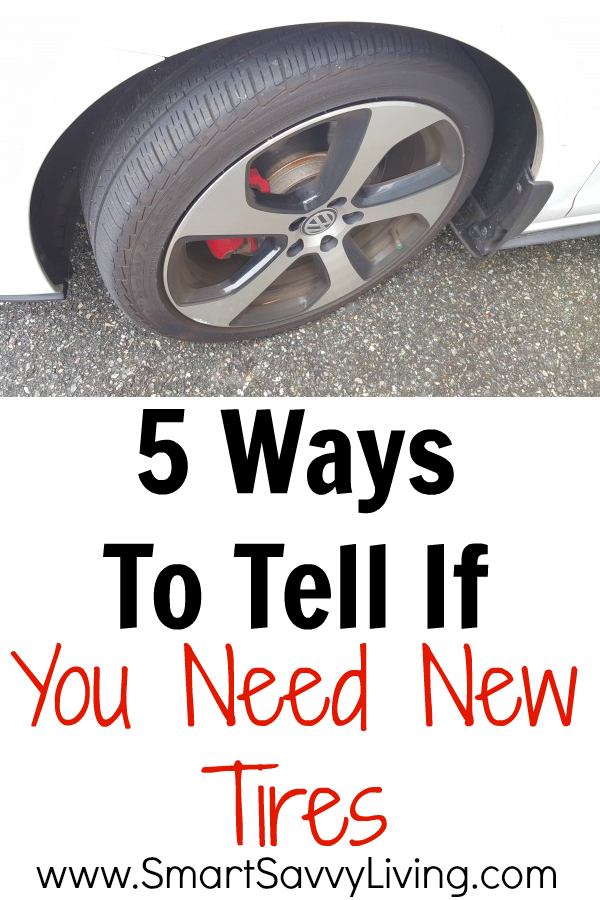 And the cars, respectively, have several times greater braking dynamics and cornering speed than conventional road cars. That is, in a turn, the lateral acceleration of 4g (where g is the free fall acceleration) is developed by the fireballs not due to the adhesion of the tire and the friction coefficient, allegedly 4 times greater than that of road tires, but due to the large downforce that is created by the anti-wings on high speed and several times greater than the gravity of the fireball.
And the cars, respectively, have several times greater braking dynamics and cornering speed than conventional road cars. That is, in a turn, the lateral acceleration of 4g (where g is the free fall acceleration) is developed by the fireballs not due to the adhesion of the tire and the friction coefficient, allegedly 4 times greater than that of road tires, but due to the large downforce that is created by the anti-wings on high speed and several times greater than the gravity of the fireball.
In practice, the contact patch area can be increased by lowering the tire pressure. If you lower the tires to 1 atmosphere, then at a rate of 2 atmospheres, this is half the pressure and twice the contact patch area. So, the driving characteristics of the car will improve by 2 times? Of course not and, moreover, they will get worse. Although ... the braking distance will decrease, but not because of the increased contact patch, but because of the increased rolling friction force due to the softer tire and its greater deformation. And the acceleration will not get better and will only get worse - all because of the same rolling friction force. Well, in corners ... the car will behave as if the driver is very drunk :) In general, do not do this - do not deflate tires unnecessarily, and, by the way, about this need ...
And the acceleration will not get better and will only get worse - all because of the same rolling friction force. Well, in corners ... the car will behave as if the driver is very drunk :) In general, do not do this - do not deflate tires unnecessarily, and, by the way, about this need ...
Increasing the contact patch by flattening the tires can really help if you need to go through some loose, quick spots. Due to the larger contact area with the surface, the pressure of the tires on the surface will decrease, which means the risk of sinking or bogging down.
Conversely, the narrow tires of a motorcycle do not make it slower than the car, and moreover, it is noticeably faster than it. It is faster for other reasons, but the significantly smaller tire width definitely does not have a negative effect.
And another idea - let's increase the width of the tire by 10 times and thereby increase the grip by 10 times, and once and for all we will solve all the problems of winter driving, and on asphalt the car will stop dead in its tracks! And everyone will always have enough braking distance! What, you don't like this idea? That's right, if everything were so simple, it would have been done a long time ago .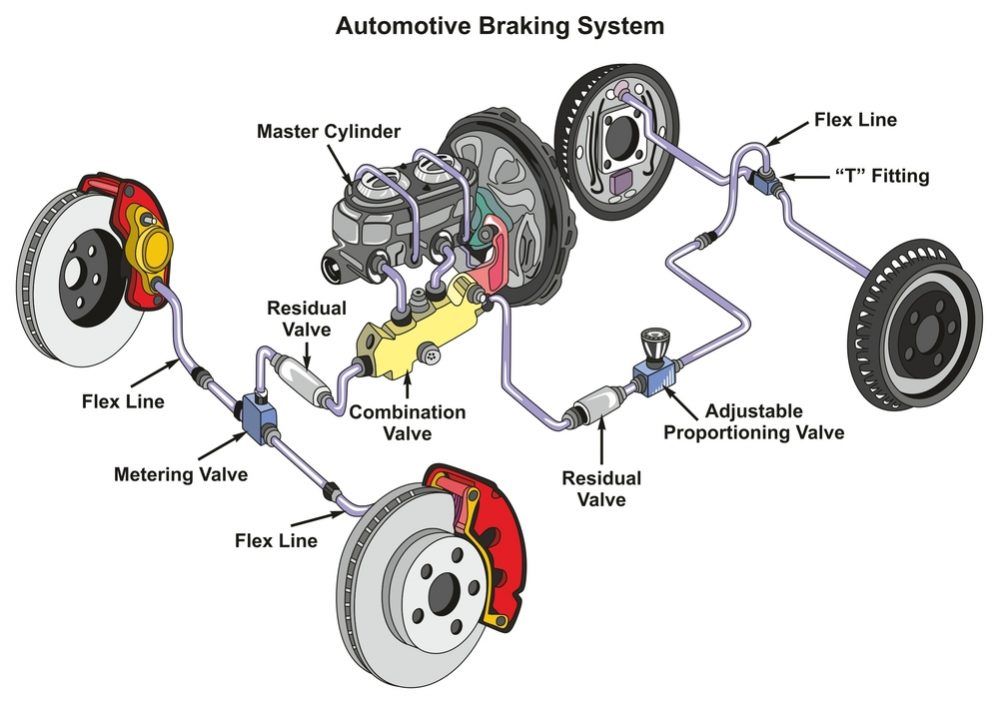 ..
..
As a result:
increase in the area of the contact patch => increase in the number of tire elements involved in engagement, and at the same time reduce tire pressure on the road => both effects compensate each other equally => the grip of the tire with the road does not change
Moreover, by increasing the width of the tire, at least 10 times, we will not increase the area of the contact patch, but only change its shape. Before you throw rotten tomatoes at me after this phrase, I'll try to have time to prove it :)))
Recall that pressure is a force (in our case, gravity, clamping force) per unit area. This is what formula (2) tells us, I will duplicate it:
p = n/s = mg/s (2)
where M is the body weight (tires and parts of the machine attached to this tire), and S is the area of contact of the bodies, that is, in our case, the area of the spot contact.
Hence the area of the contact spot is
S = mg/p (6)
that is The area of the contact patch of the tire with the road is the greater, the greater the weight of the car falling on this tire, and the worse it is inflated. And, of course, the stiffness of the sidewalls of the tire also affects the area. The stiffer the sidewalls, the less the tire deforms and the less the tire deforms when the air pressure in the tire is reduced . A good example is modern tires with reinforced sidewalls Run Flat, which, even when completely deflated, can take the car to its destination without much sagging. The area of the contact patch at the same pressure and the same load does not depend on the width of the tire (as a first approximation).
Great! Where is the tire width? Very simple, and here again the principle of "bash on bash" works.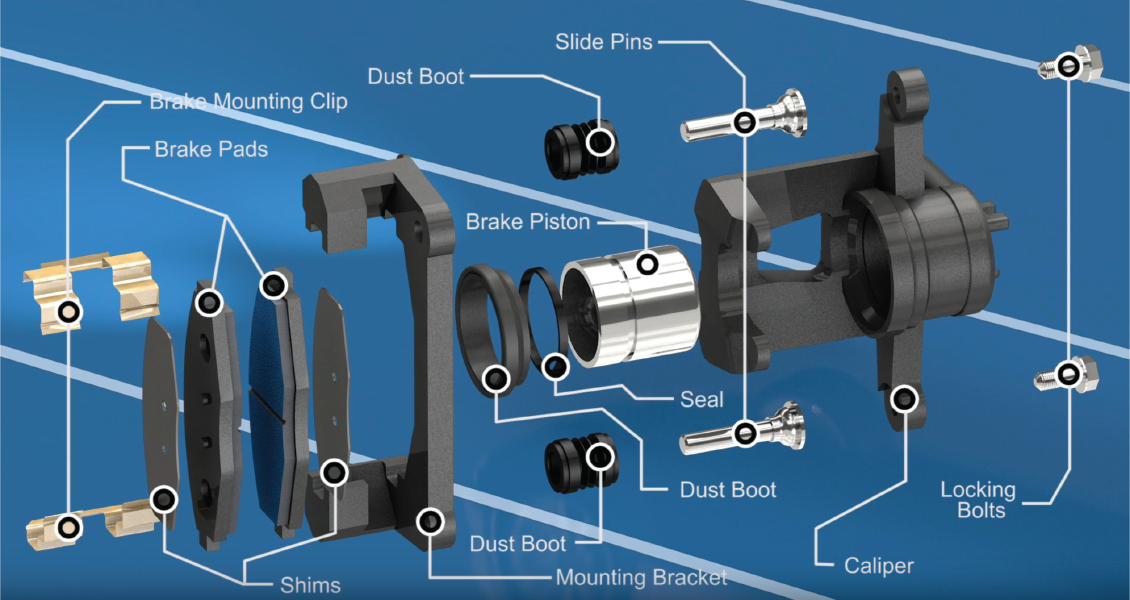 The contact patch is a consequence of the deformation of the tire, which, in turn, occurs due to the force applied from above, that is, the gravity of the tire itself and the car. The wider the tire, the wider the contact patch, which, it would seem, should increase the patch area. On the other hand, the wider the tire, the less pressure it exerts on the road and the less it deforms. As a result, with an increase in the width of the tire profile, we have the same area of the contact patch, but more elongated in width and narrower shape .
The contact patch is a consequence of the deformation of the tire, which, in turn, occurs due to the force applied from above, that is, the gravity of the tire itself and the car. The wider the tire, the wider the contact patch, which, it would seem, should increase the patch area. On the other hand, the wider the tire, the less pressure it exerts on the road and the less it deforms. As a result, with an increase in the width of the tire profile, we have the same area of the contact patch, but more elongated in width and narrower shape .
In one of the serious scientific papers that caught my eye lately (Car tires, wheels and rims, Evzovich V.E., Raibman P.G.), the authors presented the result of an experiment with three tires, two of which were of the same model, but different width diameters:
205/55 R16 with an imprint area of 173*143 mm = 247.39 cm2
225/45 R17 with an imprint area of 185*134 mm = 247.90 cm2
As you can see, a wider tire has a more elongated and narrower patch than a narrower tire. At the same time, in square centimeters, the area of the contact spot is almost the same.
At the same time, in square centimeters, the area of the contact spot is almost the same.
That is, yes, at the same pressure, a wide tire has a larger contact patch in area than a narrow one. But how much? In this example, tenths of a percent, but in general - a maximum of a few percent . Theoretically, we can put on the car instead of tires with a profile width of 195 mm, tires with a profile of, say, 245 mm. But in practice, this is unacceptable according to the requirements of the car manufacturer. In any case, as I wrote above, the contact patch area does not directly affect the adhesion force, therefore, neither these fractions of a percent, nor a larger increase in area (for example, by reducing tire pressure) will make us weather.
As a result:
increase the width of the tire profile => increase the width of the contact patch and at the same time reduce the tire pressure on the road and tire deformation in the contact zone => reduce the length of the contact patch => change the shape of the contact patch, but its final does not change area (changes slightly)
And you can increase the contact patch area either by reducing the air pressure in the tire, or by increasing the load on the tire from above.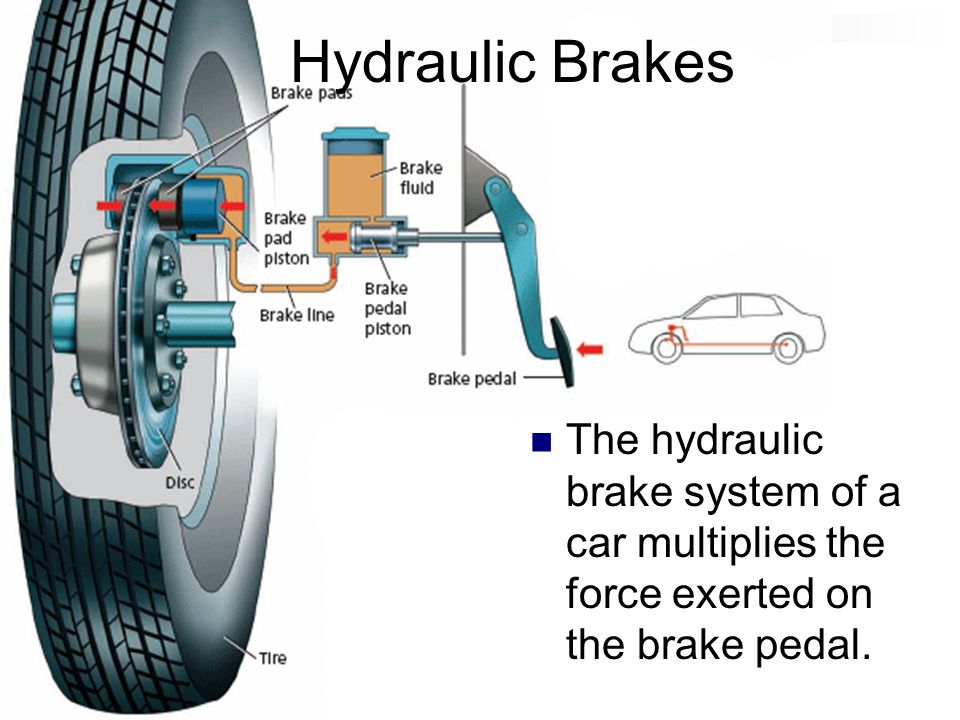
So, the width of the tire does not directly affect its grip for two reasons: has a "double protection" from the tire width :)))0018 . About all this - below.
As a result, the grip of the tire with the road depends on: body rigidity. Discussion of these points is a separate topic and is beyond the scope of this series of articles.
2) coefficient of friction (static friction). And he, in turn, depends on a lot of things, but not on the area of the contact patch! :) Here are the parameters that affect the value of the coefficient of adhesion of the tire to the road, known to me from the university physics course, special literature and from the driver's and instructor's experience:
I will write about all this in detail in the following articles.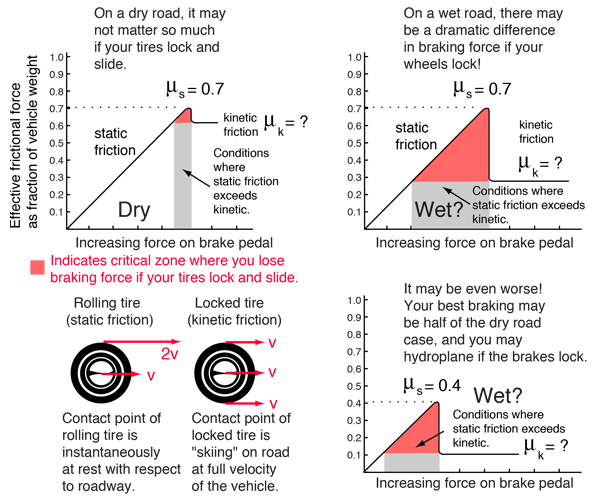 In addition, we discuss all these issues in detail in the safe driving course "MBA for Driver: Mastery of Driving a Car". Specifically, in the next article - about the influence of the road surface, type of tire tread, tread pattern and degree of wear on the coefficient of adhesion, as well as the dependence of the coefficient of adhesion on tire temperature.
In addition, we discuss all these issues in detail in the safe driving course "MBA for Driver: Mastery of Driving a Car". Specifically, in the next article - about the influence of the road surface, type of tire tread, tread pattern and degree of wear on the coefficient of adhesion, as well as the dependence of the coefficient of adhesion on tire temperature.
To be continued…
Are you concerned about the quality of your car's service?
Are you sure that you are doing only the work necessary for your car, without imposing anything extra?
Do you have a warranty on the installed parts?
Do you get a guarantee for the work done?
Are you sure that by filing a claim about the quality of the work performed, you will be eliminated at the expense of the car service all the imperfections, or will compensate for the damage caused?
Are you sure that the new parts you paid for will be installed, and not what was removed from the previous repaired car?
In fact, this list of questions can go on for a very long time.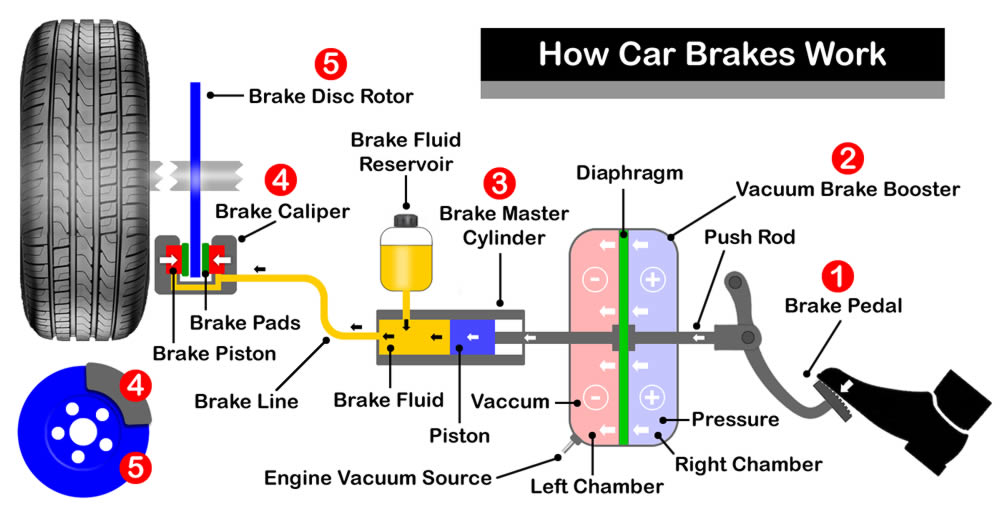
Unfortunately, many motorists are familiar with situations when, after a poor-quality repair, once very polite “specialists”, they say in a raised voice that they did everything very well, and someone simply does not know how to drive or drives on bad roads, floods low-quality fuel or buys defective spare parts. Parts sellers, when trying to find the truth from them, report, only much more politely, about the same; someone does not know how to drive or drives on bad roads, fills in low-quality fuel, or trusts anyone to install their very high-quality spare parts, which, among other things, do not have a warranty period.
Knowing all these problems of motorists, we decided to organize a car service "For the client", serving in which the car would never visit the doubts and problems described above.
What do we offer:
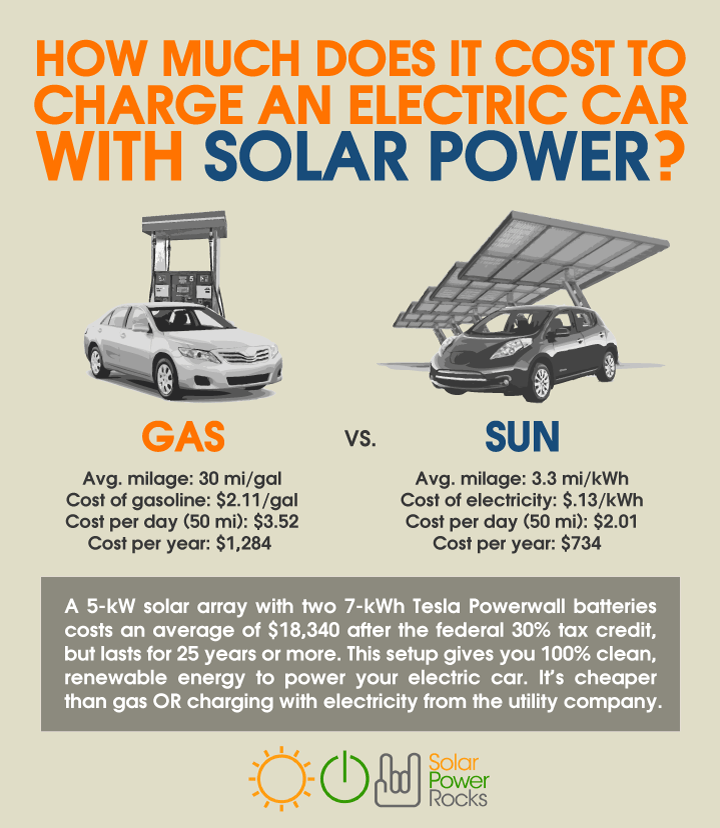 Of course, this does not mean that we are omnipotent and perform all types of work, but we know and maintain good relations with many specialists who can solve the problems of our customers with an optimal price-quality ratio.
Of course, this does not mean that we are omnipotent and perform all types of work, but we know and maintain good relations with many specialists who can solve the problems of our customers with an optimal price-quality ratio. 
